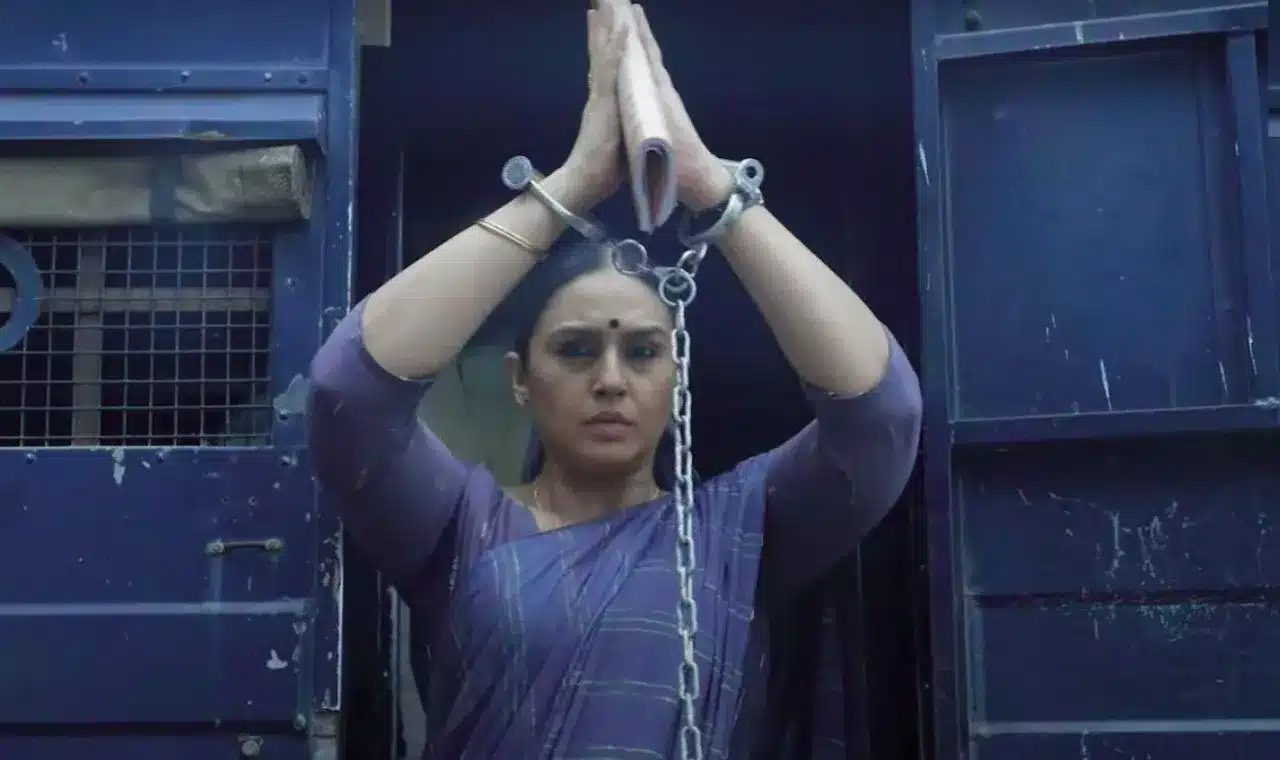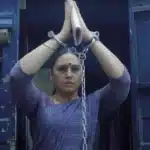The gripping political drama Maharani returns with its third season, bringing back the powerful story of Rani Bharti — a woman who rises from an ordinary rural homemaker to one of the most influential political figures in Bihar. With its sharp storytelling, historical inspiration, and unforgettable performances, Maharani Season 3 continues to shine as one of the best Indian political dramas ever made.
This season dives deeper into political betrayal, gender politics, and human morality, leaving viewers both inspired and unsettled. Starring Huma Qureshi in the lead role, the show is a reminder that in politics, loyalty is rare and survival demands courage.
Maharani Season 3 Quick Highlights
| Aspect | Details |
| Title | Maharani Season 3 |
| Platform | SonyLIV |
| Release Date | March 7, 2024 |
| Genre | Political Drama, Thriller |
| Language | Hindi |
| Creator | Subhash Kapoor |
| Director | Saurabh Bhave |
| Lead Cast | Huma Qureshi, Sohum Shah, Amit Sial, Vineet Kumar, Pramod Pathak |
| IMDb Rating | 7.6/10 |
| No. of Episodes | 10 |
| Setting | Bihar, India (1990s–2000s) |
| Production House | Kangra Talkies & SonyLIV Originals |
The Rise of a Reluctant Leader
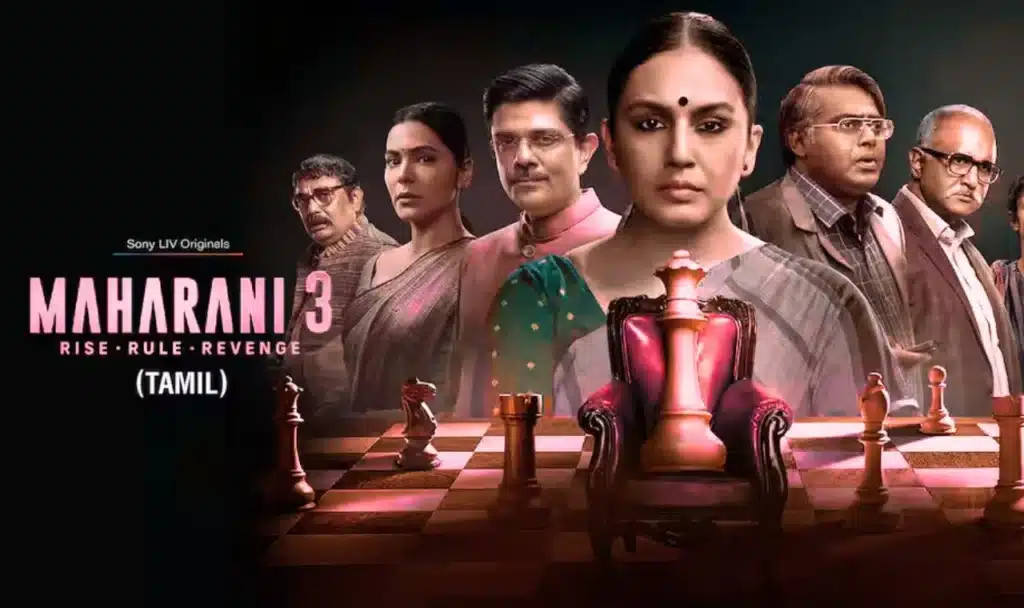
When Maharani Season 1 first premiered, it captivated audiences with its portrayal of Rani Bharti — a simple woman forced into politics after her husband, Bheema Bharti, the Chief Minister of Bihar, faces a scandal. What began as a reluctant journey transformed into a story of empowerment and political awakening.
In Maharani Season 3, Rani Bharti’s evolution reaches new heights. She is no longer a puppet or symbol; she has become a decisive and authoritative leader. However, power comes with a price. Every choice she makes tests her principles, family ties, and humanity. The series paints a chilling yet inspiring picture of how politics molds an individual, for better or worse.
The Cast – Powerhouse Performances Behind the Politics
Huma Qureshi as Rani Bharti
At the heart of Maharani lies Huma Qureshi, delivering a breathtaking performance as Rani Bharti. Her journey from a naive homemaker to a political powerhouse defines the emotional soul of the series.
In Season 3, Rani is more confident, strategic, and emotionally layered. Huma brings authenticity to the role — her subtle expressions, raw dialect, and quiet strength reflect the pain and power of leadership.
Rani’s transformation isn’t just political; it’s deeply personal. Her struggle to remain human amid corruption and betrayal makes her one of the most complex female characters in Indian television history.
Sohum Shah as Bheema Bharti
Sohum Shah returns as Bheema Bharti — the shadow that still looms over Rani’s career. Once her husband and mentor, his past choices continue to influence her decisions. His presence, even in absence, defines the emotional core of the series.
Bheema’s legacy becomes a mirror reflecting Rani’s fears and strengths, symbolizing how political power often comes with personal loss.
Amit Sial as Navin Kumar
Amit Sial’s performance as Navin Kumar, a cunning and manipulative politician, brings energy and unpredictability to the series. He represents the opportunistic side of politics — a man willing to betray anyone for power.
Vineet Kumar and Supporting Cast
Veteran actor Vineet Kumar as Gauri Shankar Pandey, along with Pramod Pathak and Anuja Sathe, enhance the narrative with intensity and realism. Every actor contributes to creating a believable world where morality is constantly tested.
Storyline – A Battle Between Power and Principle
The story picks up where Season 2 ended — with Rani Bharti back in power, but now facing even greater challenges. Her political enemies multiply, and new alliances form in the shadows. The third season is a psychological chess match, testing not just Rani’s leadership but her identity.
When corruption scandals, internal betrayals, and social unrest threaten her government, Rani is forced to make impossible decisions. Her compassion is mistaken for weakness, and her strength is perceived as arrogance.
What makes Maharani Season 3 truly compelling is its realism — it doesn’t portray politics as black or white but as a space filled with compromise and moral complexity. Rani’s rise to power feels both inspiring and tragic, a reflection of how idealism fades when survival becomes the goal.
Historical Inspiration – Politics Behind the Fiction
One of the most fascinating aspects of Maharani is its connection to real-life Indian politics, especially in Bihar in the 1990s. The show draws inspiration from the political journey of Rabri Devi, who unexpectedly became Chief Minister after her husband Lalu Prasad Yadav’s resignation.
Although the creators have clarified that Maharani is a fictional story, its parallels with actual events make it feel authentic. The depiction of caste-based politics, rural governance, and corruption mirrors Bihar’s political climate of that era.
Through this historical inspiration, Maharani Season 3 highlights how patriarchy, power, and politics intertwine, and how women must fight twice as hard to be taken seriously in leadership.
Direction & Screenplay – Subhash Kapoor’s Political Craft
Subhash Kapoor, known for his work in Jolly LLB, brings a distinct storytelling rhythm to Maharani. His writing and vision ensure that the political narrative never loses its emotional weight.
The screenplay by Saurabh Bhave keeps the story tight and layered, using silence, rural dialects, and symbolic visuals to reveal hidden motives.
The dialogues remain one of the strongest aspects of the show. Lines like “Rajneeti mein dosti nahi hoti, zarurat hoti hai” (There are no friendships in politics, only needs) echo the essence of Indian power play.
Cinematography, Music & Editing
The cinematography of Maharani Season 3 perfectly captures the soul of Bihar — from its muddy rural landscapes and bustling streets to the grandeur of government offices where power shifts silently. Every frame feels alive, reflecting both the chaos and calm of political life. The camera work enhances Rani Bharti’s emotional journey, using warm tones and sharp contrasts to mirror her inner conflicts.
The background score, enriched with folk instruments, earthy percussion, and soulful melodies, deepens the authenticity, immersing viewers in the region’s cultural rhythm. It heightens the tension during political debates and softens during emotional revelations.
The editing is clean and purposeful, ensuring smooth transitions that sustain suspense. Each episode ends on a gripping note, maintaining continuity and engagement. The makers succeed in balancing drama and realism, crafting a visually grounded and emotionally resonant narrative that defines quality Indian web storytelling.
Themes That Define Maharani Season 3
The series explores several deep themes that make it more than just another political show:
- Power vs. Morality – Can one remain good while holding power?
- Gender Politics – A woman’s leadership amid male dominance.
- Loyalty and Betrayal – Trust is a luxury few can afford.
- The Price of Ambition – Every victory costs something human.
Through Rani Bharti’s eyes, the show reveals how power changes relationships — not just between people but between a leader and their conscience.
Audience Response and Critical Reception
Maharani Season 3 received widespread acclaim for its authentic storytelling and powerful performances. Viewers praised Huma Qureshi’s depth, comparing her portrayal to some of the strongest female leads in Indian OTT history.
Critics highlighted how the show managed to stay politically sharp while being emotionally grounded. The dialogues, rural setting, and social commentary earned it an IMDb rating of 7.6/10.
Social media reactions were overwhelmingly positive. Fans called it “one of the most realistic political dramas ever made in India.” Many admired how the series doesn’t glorify politics but exposes its fragile human side.
What Makes Maharani Season 3 Different
- Character Depth: Rani Bharti’s transformation feels organic and painful.
- Political Realism: The show avoids melodrama, focusing on system-level corruption.
- Cinematic Writing: Every frame and dialogue serves a purpose.
- Moral Complexity: No one is purely good or evil — everyone is human.
- Representation: Women’s struggles in leadership are portrayed with nuance and empathy.
Maharani Season 3 stands out because it balances entertainment with substance — something few web series achieve successfully.
Review 2025 – Why Maharani Season 3 Still Matters
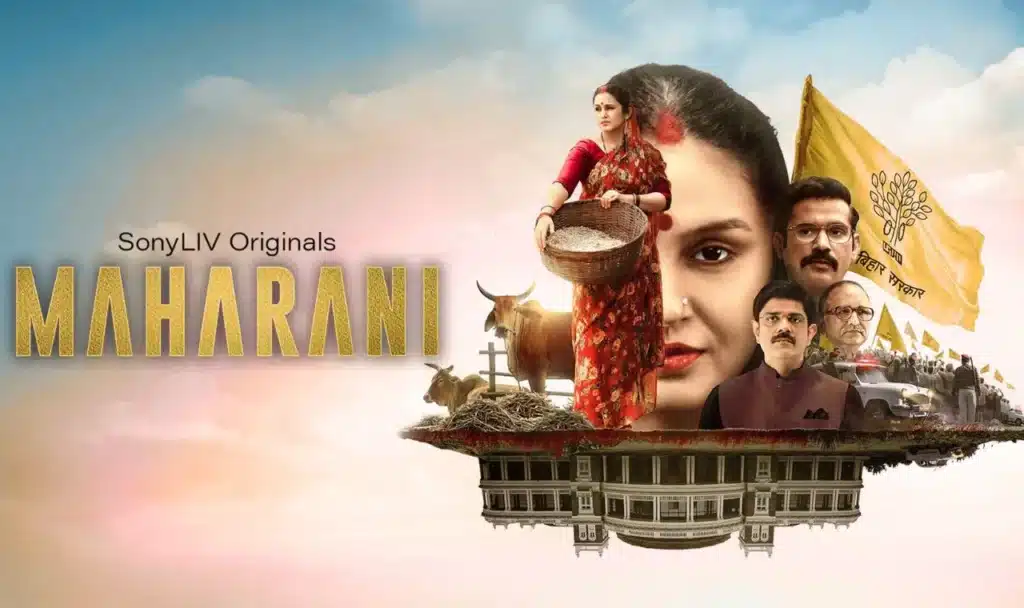
In a time when most political dramas rely on clichés, Maharani Season 3 dares to be real. It doesn’t offer superheroes or moral perfection; instead, it shows flawed people trying to do the right thing in a broken system.
Strengths
- Exceptional performances by Huma Qureshi and Amit Sial.
- Realistic portrayal of Bihar’s political and social structure.
- Tight screenplay with emotional tension.
- Engaging narrative that keeps the viewer invested.
Weaknesses
- Slight pacing dip in middle episodes.
- Some secondary characters deserved more screen time.
Will There Be Maharani Season 4?
As of now, SonyLIV has not officially confirmed Maharani Season 4, but the conclusion of Season 3 strongly hints at another chapter in Rani Bharti’s compelling story. Her political and personal journey appears incomplete, with several threads left open for future exploration.
Viewers are eager to see how her evolving ideals and ambitions shape her next moves. If Maharani Season 4 releases in late 2025 or early 2026, it will likely expand Rani’s influence beyond Bihar, delving into national-level politics, deeper rivalries, and the ultimate test of her integrity and leadership.
Why You Should Watch Maharani Season 3
- It’s politically rich yet emotionally powerful, blending power struggles with heartfelt human drama that keeps you deeply invested.
- Huma Qureshi delivers her best performance yet, portraying Rani Bharti with a balance of strength, vulnerability, and realism rarely seen on Indian television.
- An insightful look into Indian democracy’s dark underbelly, the series exposes corruption, caste politics, and moral compromises that define leadership.
- A powerful story of women’s empowerment, showing how Rani Bharti rises above patriarchy and prejudice through intelligence and determination.
- Every episode feels like a chapter in modern Indian history, offering a grounded portrayal of the socio-political atmosphere of Bihar in the 1990s and 2000s.
- Brilliant direction and storytelling by Subhash Kapoor and Saurabh Bhave make the series both cinematic and authentic.
- Rich dialogues and realistic characters bring depth to every political decision and emotional conflict.
- A strong supporting cast, including Sohum Shah, Amit Sial, and Vineet Kumar, enhances the drama with powerful performances.
- Visually stunning cinematography and a grounded music score elevate the storytelling, capturing both chaos and calm beautifully.
- If you love series like Madam Chief Minister, City of Dreams, or The Family Man for their realism and intensity, Maharani Season 3 is an absolute must-watch.
FAQs
Q1. Who plays Rani Bharti in Maharani Season 3?
Ans: The strong and dynamic role of Rani Bharti is portrayed by Huma Qureshi, who delivers one of her finest performances. She brings depth, vulnerability, and power to the character, making Rani’s political journey both believable and emotionally impactful.
Q2. Is Maharani Season 3 based on a true story?
Ans: While Maharani Season 3 takes inspiration from real political events in Bihar during the 1990s, particularly from that era’s power transitions, it remains a fictional narrative. The creators skillfully blend history and imagination to tell a universally relatable story.
Q3. How many episodes are there in Maharani Season 3?
Ans: The series features 10 powerful episodes, each lasting about 45 minutes. Every episode unfolds new layers of politics, ambition, and morality, keeping viewers fully immersed from start to finish.
Q4. When was Maharani Season 3 released?
Ans: Maharani Season 3 was released on March 7, 2024, exclusively on SonyLIV. Since its premiere, it has continued trending through 2025 due to its gripping plot and Huma Qureshi’s impactful performance.
Q5. Will there be a Maharani Season 4?
Ans: As of now, Season 4 has not been officially announced. However, the open-ended finale of Season 3 hints that Rani Bharti’s political journey may continue, possibly exploring her national-level ambitions.
Q6. Who directed Maharani Season 3?
Ans: The series was directed by Saurabh Bhave under the creative supervision of Subhash Kapoor. Their combined vision ensures the story remains realistic while maintaining high emotional intensity throughout.
Q7. What makes Maharani Season 3 worth watching?
Ans: The show’s blend of politics, power, and emotion makes it unforgettable. With brilliant performances, authentic storytelling, and a strong female lead, Maharani Season 3 stands as one of the most compelling Indian web series of recent years.
Final Thoughts – Power, Politics & the Price of Leadership
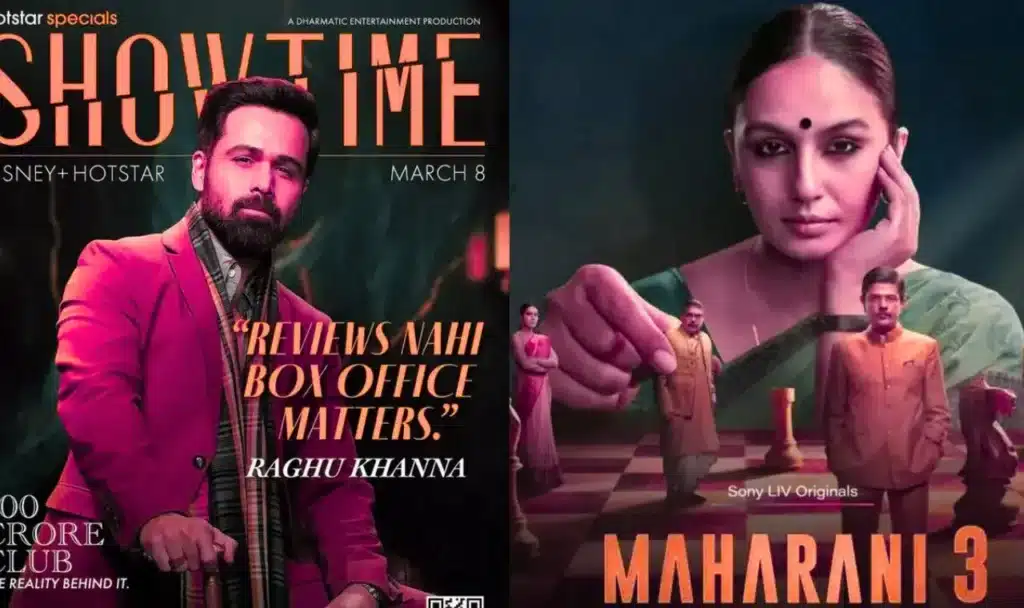
Maharani Season 3 is not just another political drama; it’s a profound reflection of Indian society and its complex relationship with power. The series boldly explores how gender, caste, and ambition intertwine, shaping destinies in the unforgiving corridors of politics. Through Rani Bharti’s journey, viewers witness the strength of a woman who rises above manipulation, betrayal, and discrimination, proving that leadership is not about birthright but resilience.
Her evolution from a homemaker to a fearless political leader symbolizes the hidden potential of countless women silenced by tradition and politics. Every scene resonates with realism, every dialogue carries weight, and every choice tests morality.
Maharani Season 3 stands tall as a cinematic triumph — emotionally rich, politically intense, and socially relevant. It reminds us that true power does not come from position but from courage, empathy, and conviction. With its perfect balance of storytelling, emotion, and authenticity, the series cements itself as one of the most powerful Indian dramas of the decade, leaving audiences inspired long after the final frame fades.
